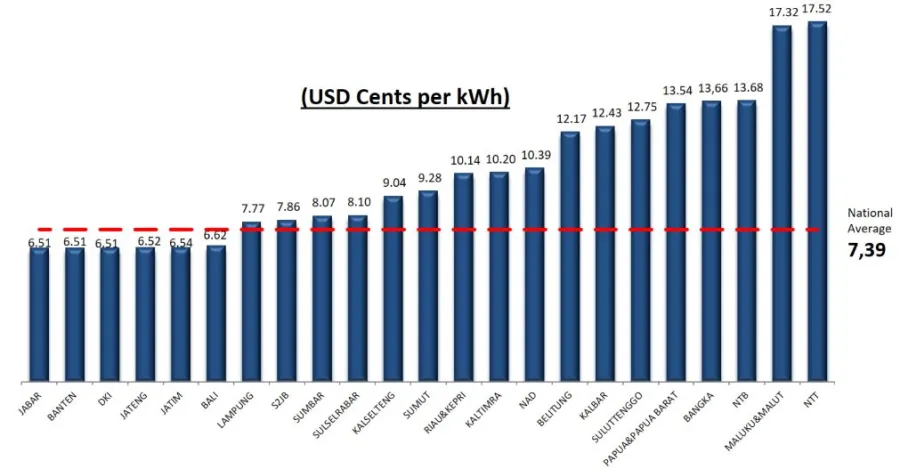
Indonesia's PLN to finally issue solar PV tenders
A ceiling price of US$0.088/kWh will be set.
20MWp of solar PV projects in Aceh may be tendered by PLN as soon as the week of May 22nd, 2017, according to Andre Susanto, clean energy consultant at Bluejay Energy. "With a ceiling price of US$0.088/kWh, is it an attractive enough tariff? Don't forget that it will likely be a BOOT (Build, Own, Operate, Transfer) arrangement for the 20 year PPA. Typical of PLN's requirement for power plant tenders, the selection criteria will be based on the company's ability to develop IPP projects, the company's financial strength and its experience in power generation," he said.
There will likely be other tender packages for other Sumatra regions to follow. The ceiling tariffs based on the Ministry of Energy and Mineral Resources Regulation 12/2017 and the published generation cost range from US$0.116/kWh in Bangka to US$0.065/kWh in Lampung and other Sumatra regions in between.
With Sumatra's grid system consisting of various isolated grids, it is expected that the tender packages will include several locations for the solar PV systems to be built.
Here's more from Susanto:
Is this good news? One of the key criteria for the success of the tender will depend on how the tender technical requirements were obtained. PLN needs to learn from the 2013-2014 tenders, specifically the 5MWp project in Kupang that had to be curtailed for several years since its Commercial Operational Date until recently where a large reciprocating gas engine power plant was built. If the capacity quota and locations are based on a rule of thumb of xx% from the daytime peak load, then a repeat of the Kupang project could happen again.
However, PLN's regional teams are quite adept at managing their grid system. Even if the rule of thumb was applied, it would likely have been applied with significant thought and care. In general, PLN is quite conservative with implementing Variable Renewable Energy resources in their grid. They understand the strengths and weaknesses of their grid very well, and would not overestimate the impact solar PV systems can have on their grid. It remains to be seen whether the capacity quota that PLN have determined for this tender was obtained from a proper grid impact study with various scenarios played out.
With MEMR's regulation 12/2017 that require a must-run dispatch for renewable energy power plants below 10MW, PLN's quota for the tender would be quite conservative. Will there be enough economy of scale for each of the tender packages? Most of the enabling conditions and support mechanisms available for the recent drop in PPA tender prices are not applicable nor available in Indonesia.
There are no tax holidays, land will likely need to be purchased and at the end of the PPA transferred to PLN (BOOT scheme), permits and land certificates are not easy to obtain, no tariff indexation on the PPA, and many other conditions do not apply for Indonesia. Will tender ceiling prices between US$0.06/kWh to US$0.12/kWh be attractive enough for project developers to bid when the tender packages are in the 10s of MW (I would be surprised if any of this first round of tendering will have any packages above 50MWp).
Will the conditions imposed to PLN by MEMR in its regulation 12/2017 be enough to attract project developers? Some of these conditions include the definition that ceiling price only reflects generation cost (Article 1 Paragraph 6), PLN must buy the electricity produced by renewable energy based power plant (Article 2 Paragraph 1), renewable energy power plants up to 10MW are to be operated and dispatched as a must-run (Article 4 Paragraph 3), transparency for the condition of the grids that are ready to integrate renewable energy and the availability of the generation cost (Article 14 Paragraph 1) and finally PLN is required to create and publish standardized procurement process documents and standard PPA templates for renewable energy based electricity power plants (Article 15 Paragraph 1).
In the end it remains to be seen whether PLN and MEMR's efforts to reduce electricity purchase costs while trying to meet the Indonesian government's renewable energy target will be a success. The complexity of this sector is unfathomable, starting with the interpretation of Indonesia's constitution for universal access to affordable electricity. Without a consumer tariff reform, PLN will always require lower energy purchase prices than its current generation cost. The Government of Indonesia and all of the development agencies (including development banks) need to look at Indonesia's power sector and the renewable energy sector with an open mind and a holistic view.
What will it take for Indonesia to be able to catch up with the rest of the world in providing cheap and abundant renewable energy? There is no single answer, and the issues are all interconnected. There is high hope for the future of Indonesia's renewable energy sector. Despite the stumbling blocks Indonesia seem to keep putting in front of itself, it is moving forward. The complexity and breadth of consideration in the ever changing renewable energy regulation keep increasing. Even if there is no stability in the regulatory conditions, this is a positive. This means that the Indonesian government continues to understand more of the market condition and how it needs to react. The near future could bring additional changes that will be even better for the sector.

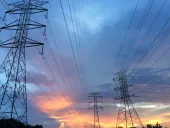
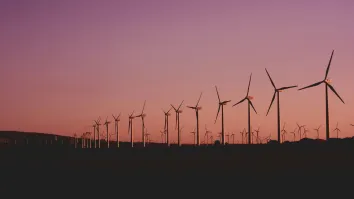
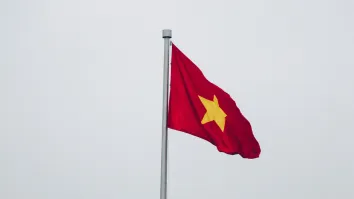
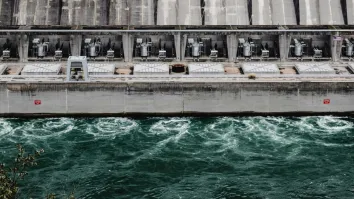
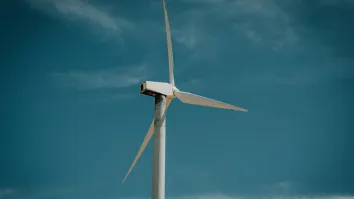













 Advertise
Advertise






